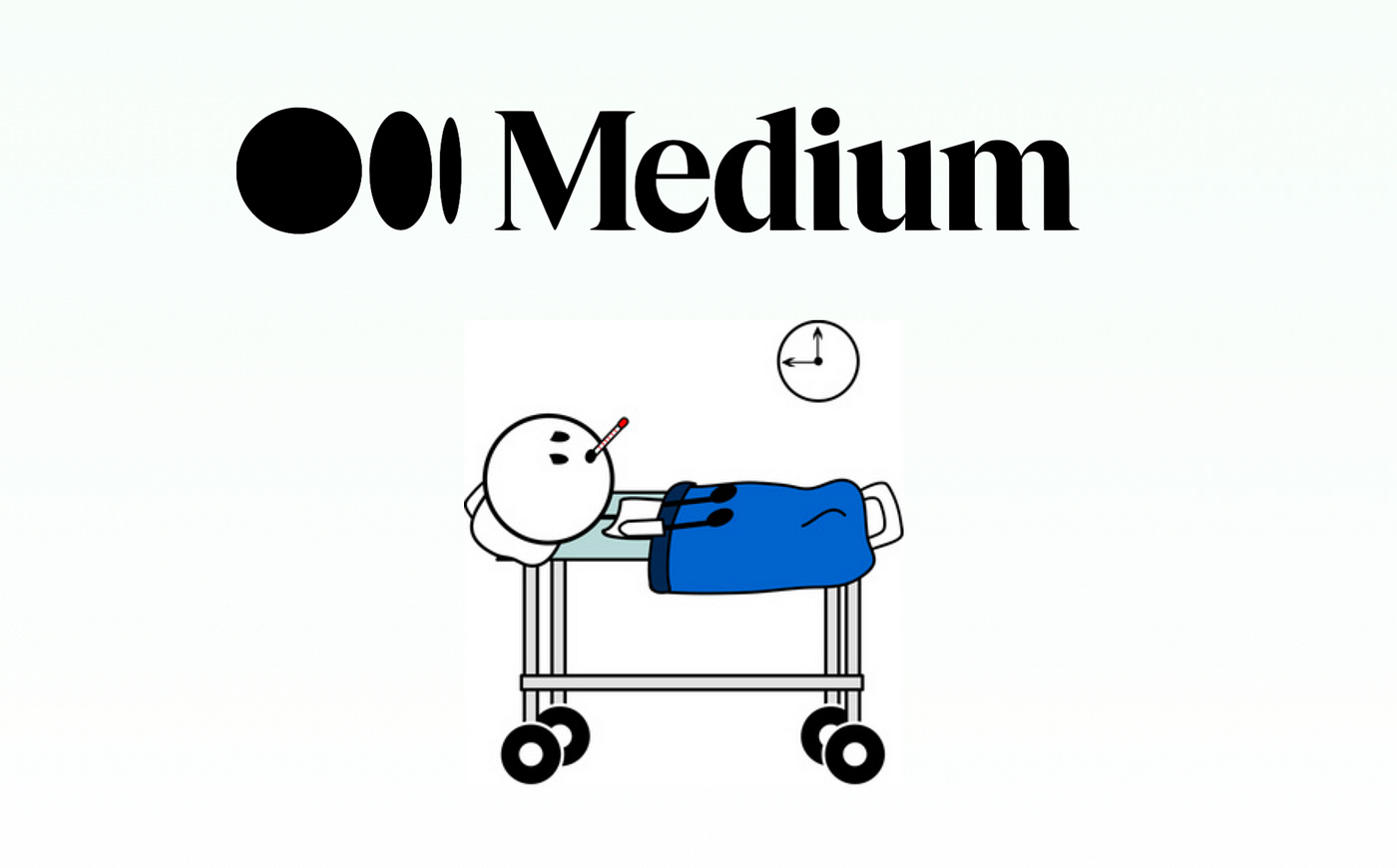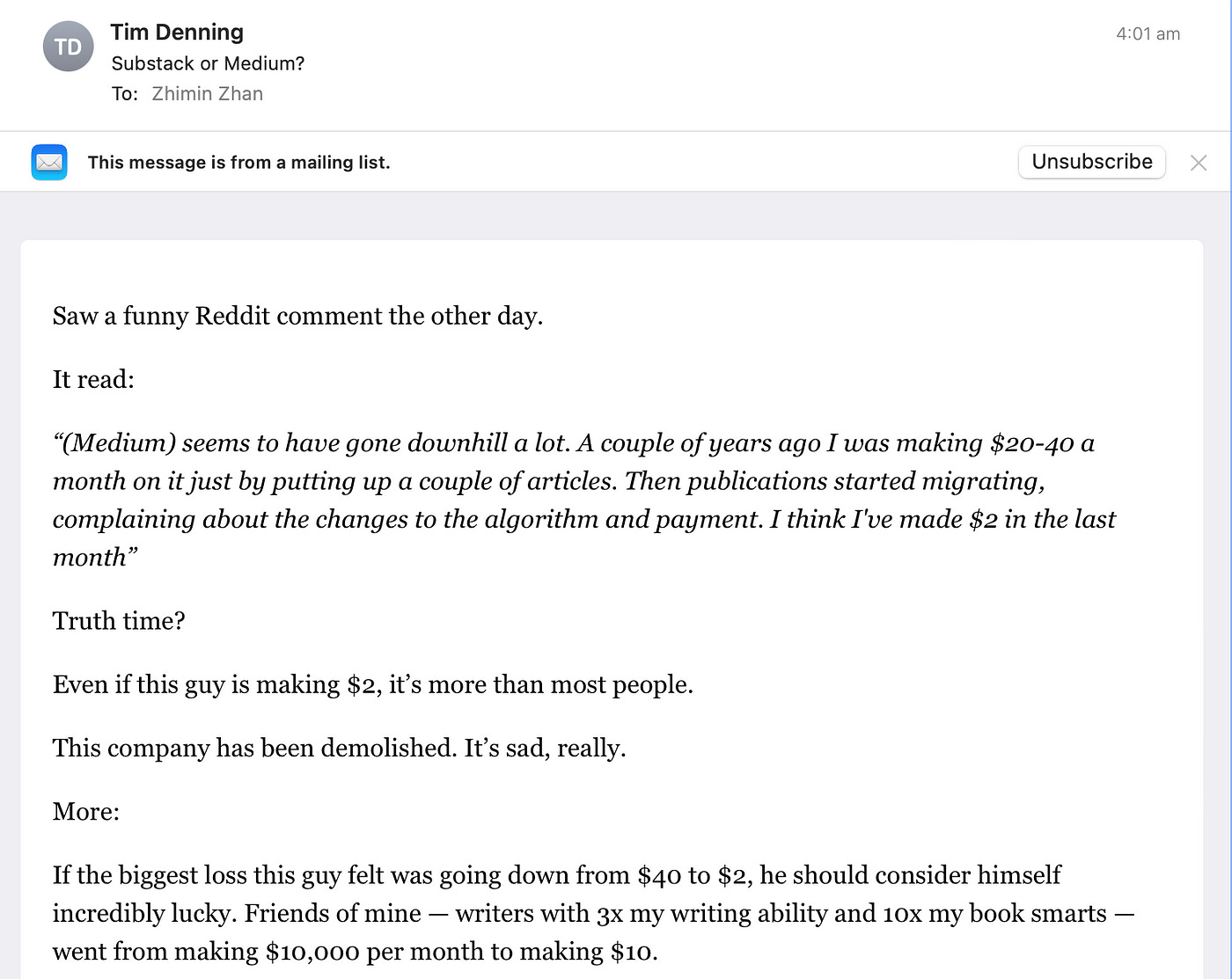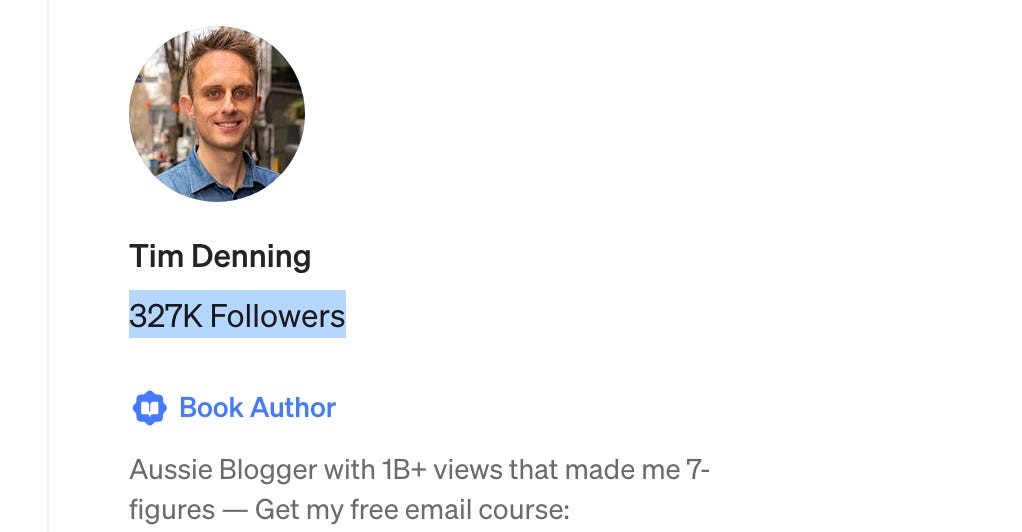Is Medium Dying?
Suggestions to rescue Medium.
I began blogging regularly on Medium in January 2021, after previously writing on my own site and LinkedIn. I quickly grew to love the platform and have since published over 500 articles, many of which were featured in software testing newsletters. Some have even recognized me as one of the top voices in Test Automation.
Despite minimal marketing and rare use of social media, my Medium blog has attracted over 5,700 followers. Along the way, more than 50 readers have signed up for Medium memberships through my referral links.
However, Medium’s changes to its previously successful Partner Program in August 2023 have been ruining it.
Below is an email I received today from Tim Denning’s newsletter.
Many Medium readers heard of Tim Denning, with a whopping 327K followers on Medium.
According to Tim Denning, “Medium has been demolished,” and later in the email, he even asks, “Is it completely dead?”
Recent news about Medium (Wikipedia)
On July 12, 2022, the company announced that Ev Williams would be stepping down as CEO and transitioning to chairman of the board. Tony Stubblebine, chief executive of Coach.me, took over as CEO of Medium on July 20, 2022. On August 11, 2022, Stubblebine announced a layoff of 29 staff members.
I won’t speculate, but if Medium were to fail, I’d feel genuinely sad — it’s been such a great platform.
As a solo entrepreneur and engineer, I’ve taken some time to reflect on what I would do differently as a Medium executive to address the challenges posed by AI writing.
1. Keep the referral program.
Medium discontinued its referral program in August 2023. While bloggers can still earn referral bonuses for members referred before that date, the decision has been particularly ill-advised.
As a result, many loyal Medium writers, including myself, have watched their referral earnings decline month after month. It creates a sinking feeling about the platform’s future.
The solution is surprisingly straightforward: instead of eliminating the program, Medium could have reduced the referral rate from ~50% to 25% for referrals made after August 2023. I believe most Medium content creators would have accepted this adjustment.
This morning, I saw a marketing headline on every Medium article page.
This is a sign that the company is desperate to attract more paid Medium members.
Now, consider this: is there an easier way to get thousands of your top writers to recommend Medium memberships? It was essentially a win-win, providing value with minimal effort. Yet, Medium chose to eliminate it entirely, now dealing with the consequences.
2. Set the high threshold for the Partner Program
Previously, anyone could join the Medium Partner Program for free. With last year’s change, only paid members are eligible. This is a step in the right direction, but Medium could improve it significantly.
Medium bloggers want to see the platform thrive. Most of these content creators are well-educated and fully understand the challenges posed by AI writing.
The following changes will be better:
“Starting in 2024, the Medium Partner Program will require an annual fee, with a tiered structure based on writer status:
Top 20% of existing writers (based on past earnings or volume): $50/year
Past writers (joined before 2024): $100/year
New writers (joining after 2024): $200/year”
The numbers can be adjusted by research, but you get the idea.
Some astute readers figure out the classic 80/20 rule here. Medium has been around for a long time, and the best writers who want to blog are likely already on the platform. This gives Medium a competitive edge over other platforms. Retaining these top writers is key to protecting and growing the business.
Many fake writers producing AI-generated content are unlikely to risk paying the $200 upfront entry fee. This prevents cunning ones that creating multiple accounts to generate AI articles. (My long-time readers know that I can easily create an automation script to do that; Of course, I would NOT do that). A simple yet effective approach to make it costly to do so.
3. Invested in Research to identify AI-generated content
With the above policy change, Medium should generate a considerable amount of revenue, which can be invested into better writing experience, filters out AI-generated content.
The Medium CEO’s response that “(AI-generated content) doesn’t matter as long as nobody reads it” has been largely proven wrong.

It is Medium’s responsibility to filter out a significant portion (though not all) of AI-generated content on its platform. This benefits both its readers and the platform’s long-term success.
4. Value the old content
As Tim Denning pointed out, many talented writers have been significantly impacted in terms of revenue and distribution due to the recent changes. This is unfair and somewhat silly.
Medium’s success has always been built on its content, with a substantial advantage over competitors thanks to the high-quality articles created by skilled writers over the years.
One particularly problematic policy change is the introduction of the “only past 30 seconds counts as a read” rule. This means that if a user clicks on a link (often to another article by a different author) within 30 seconds, it doesn’t count as a read.
Using myself as an example, since this change, the revenue and traffic to my old— but still relevant and high-quality — articles have virtually disappeared.
Once realized that, I started migrating my articles to Substack.
A logical consideration: doesn’t a policy of “favouring new content” inadvertently encourage AI-generated content creators? After all, Medium isn’t a news agency — much of its older content, which has stood the test of time, holds greater value for readers.
In summary, as a blogger, I have a deep appreciation for Medium, where my journey into real blogging began. Sure, I could move my content to Substack or other platforms, but much like a first love, I want to see Medium thrive and prosper — not fade into the past.
Related reading:





